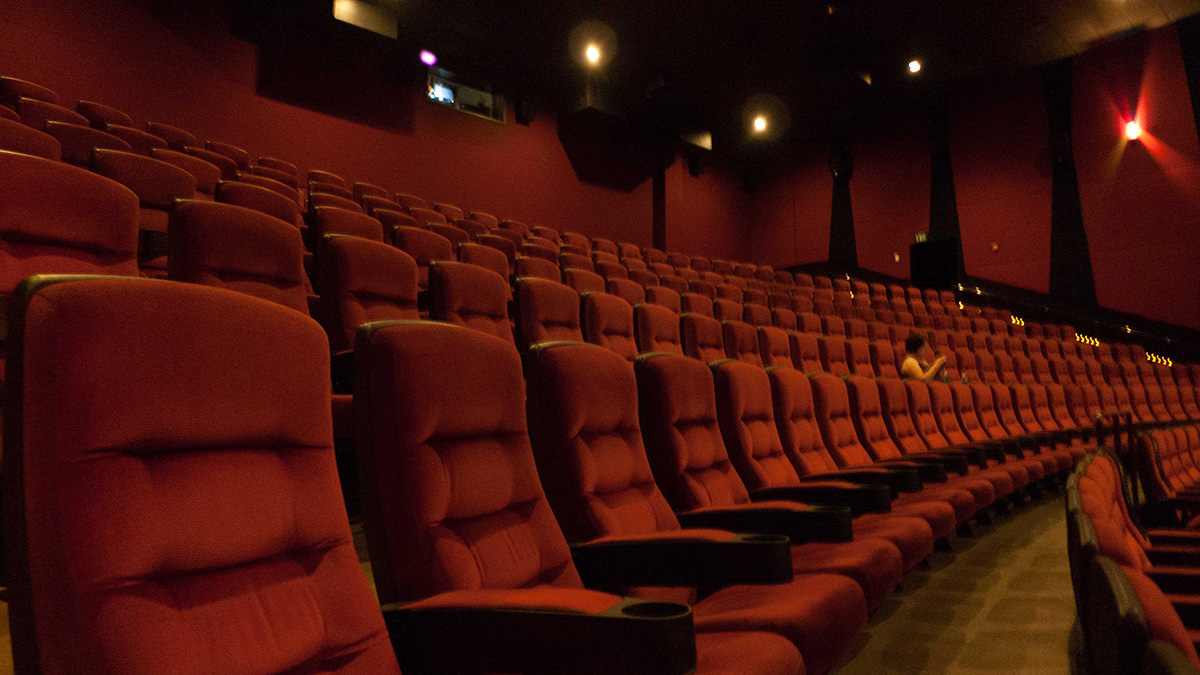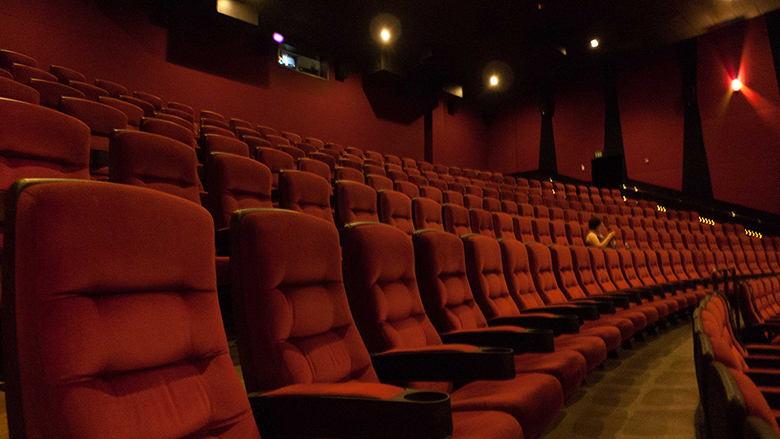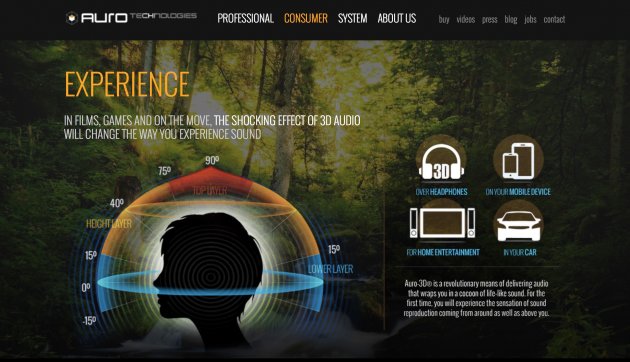

When something comes with a component called the Voice Of God, you know it means business.
That was what Auro-3D was trying to do. Mean business. In 2011, when it first came out, it had a very noble goal of knocking all existing surround- and immersive-sound systems on their asses. Pundits predicted that Dolby would be shaking in their boots.
See, Auro-3D added not just one but two layers to the traditional surround sound setup. Not only would you have speakers surrounding you on all sides, not only would you have four or five wall-mounted speakers above you pointing down, but you'll also have one mother of a speaker installed in the ceiling so that God himself (voiced by Morgan Freeman, naturally) could boom down at you. The goal was to put you inside this immersive dome of sound, and it was magnificent.
It also had real appeal because despite its technological superiority, it had a real underdog feel to it. It wasn't developed by massive corporation. It was put together by a guy named Wilfried Van Baelen, who runs a studio complex in Belgium called Galaxy Studios. Here was someone who knew a lot about sound, doing something extremely cool. The home theater world sat back, grabbed the popcorn, and waited for the show to start.
Except… it didn't.
We need to stress that Auro-3D hasn't gone anywhere. This isn't a dodgy Kickstarter product. The technology is sound, one might say. It's just that it never quite got off the ground in the way we hoped it would.

Despite Galaxy Studios itself having possibly the most ridiculously overpowered mix room in the history of mankind (22.1, 59 speakers), it just kind of fizzled. It's 2016, and nobody is talking about Auro-3D-enabled home theater systems anymore. Dolby Atmos, and its newer challenger DTS:X, are on top.
The reason why is frustratingly simple. Imagine if someone came along and tried to replace Facebook. Not in the sense of things like Twitter or Instagram, but something that did what Facebook did, only better. The algorithm was more effective, the interface more streamlined. Your newsfeed didn't fill up with stupid things that were of no relevance to you. You could blanket-block all baby pictures. This thing that was simpler and better than Facebook would come into being, and nobody would use it. Sure, you could make the jump, but your friends wouldn't be on there. Unless everybody jumps at once, the whole thing falls down.
This is what happened with Auro-3D, only with the additional complication of lots and lots of speaker wires.
The thing is, receivers and speakers use one set of technology don't talk to other sets of technology. Unless you were buying an entire home theater system from scratch (which, if you went for Auro 3D, meant getting at the very least a 9.1 system), you simply weren't going to integrate it into your existing setup. It wasn't going to happen. Even worse, there are comparatively few movies that actually take advantage of it. Why would they? Postproduction studios are already set up to make Dolby Atmos mixes, which are challenging enough as it is; you can almost see the engineers glancing at each other, and one of them saying, “You want us to make a completely different mix as well? In addition to the Dolby?"
Even getting something as simple as an Auro-3D-enabled A/VR is ridiculous. Right now, only Denon, Yamaha and Marantz make them - and you have to pay a fee to get it activated, on top of actually buying the thing. Yowch.
The A/V business can be a bit frustrating that way. With so many different manufacturers and developers looking to carve out their own slot, there will inevitably be technology they just can't get a handhold. Auro 3D Is in that category.
So what about the future?
As we said, this tech is far from dead. The one thing, it's managed to get a little bit of a market outside the US. There are just over five hundred movie theatres worldwide that use it, and quite a few Hollywood films that have incorporated it in their setup. But it's still going to be very difficult for this technology to become more widespread, and for the time being, you have to pay a lot of money and work very hard if you want to use it. Which is kind of annoying.
CORRECTION: The original piece stated that only Denon made Auro-3D receiver upgrades. This is incorrect. Yamaha and Marantz make them too. We've updated the piece accordingly, and apologise for the error.